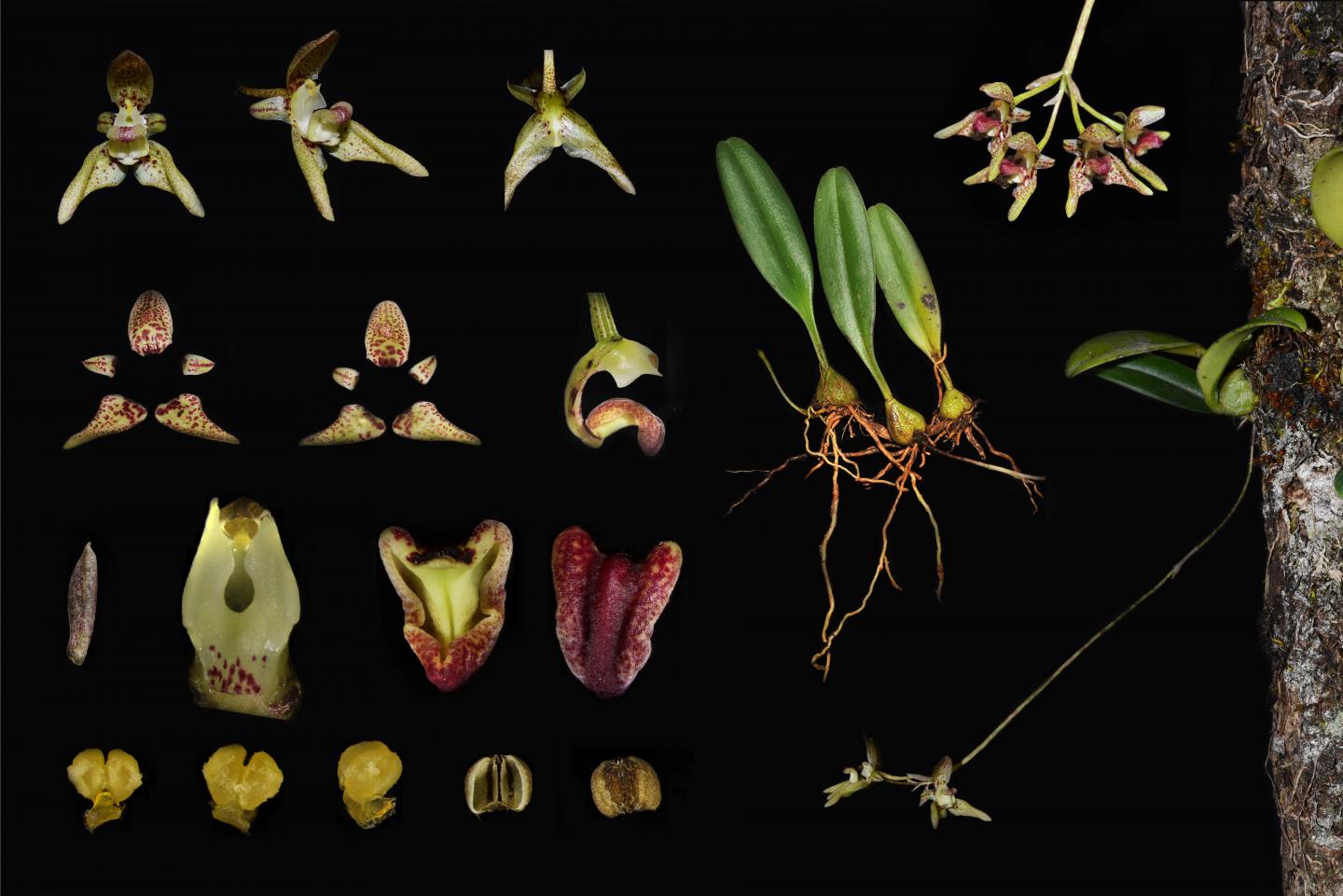A new issue of the scholarly, open-access and peer-reviewed journal PhytoKeys focuses on the Chinese biodiversity hotspots and their substantial role in understanding the country's unique flora. The special issue embarks on a treasure hunt into China's biodiversity hotspots, including the descriptions of 23 species previously unknown to science and new insights into the ecological diversity of ferns based on their DNA sequences.
In China, biodiversity-rich landscapes vary from the dry Northwest region, through the surrounded by massive mountain ranges of the Qinghai-Tibet Plateau, to the tropical and subtropical southern China. The combination of remote and hard to reach mountain areas and diverse microclimates promises high levels of endemism.
"With extended collaboration among Chinese scientists and coordination of networks on plant conservation and taxonomy across China, we synthesize a special issue entitled "Revealing the plant diversity in China's biodiversity hotspots", to present the latest findings by Chinese botanists, and to update knowledge of the flora for China and adjacent countries", explained De-Zhu Li, professor of botany at Kunming Institute of Botany (KIB), Chinese Academy of Sciences (CAS), in the editorial.
Among the newly described species, four new members of the African violet family were found from a subtropical forest in Yunnan province in southern China, discovered by researchers from Xishuangbanna Tropical Botanical Garden, CAS and their collaborators. Half of them were found only from a sole population and require further botanical examinations to deploy the conservation priorities, remark the scientists.
In another paper, scientists Yun-Feng Huang and Li-Na Dong and Wei-Bin Xu, representatives of Guangxi Institute of Botany, revealed the discovery of a new species from the primrose family. Found nowhere outside the limestone areas in Liucheng county (Guangxi, China), this rare plant species is currently facing serious threats of extinction because of the fragility and sensitivity of its habitat to the environmental changes associated with the rapid economic development of China.
Another team from the Guizhou University of Traditional Chinese Medicine and KIB describes a new representative of the parachute flowers. Ceropegia jinshaensis, characterized by the shape and size of its leaves and flowers.
"More conservation efforts are needed in this region to counteract the increasing anthropogenic disturbance and destruction", state the leading authors from KIB, who discovered a new species of orchid in the Eastern Himalaya biodiversity hotspot.
The special issue features the description of additional two orchid species, discovered in Motuo, located at the Himalayan border between China, Myanmar and India. The region is well known for its vertical vegetation system, varying from tropical forest to permanent glaciers. Ji-Dong Ya and Cheng Liu from the KIB and Xiao-Hua Jin from the Institute of Botany, CAS underline that the difficult access to the area allows the thriving and diversification of plants.

Find the complete "Revealing the plant diversity in China's biodiversity hotspots" special issue openly published in PhytoKeys at: https:/
Cai J, Yu W-B, Zhang T, Wang H, Li D-Z (2019) China's biodiversity hotspots revisited: A treasure chest for plants. In: Cai J, Yu W-B, Zhang T, Li D-Z (Eds) Revealing of the plant diversity in China's biodiversity hotspots. PhytoKeys 130: 1-24. https:/
Contact:
YANG Mei
General Office
Kunming Institute of Botany, CAS
email: yangmei@mail.kib.ac.cn
(Editor:Yang Mei)




